Blogs & News
We are focus on automotive wiring harness & connectors technology.
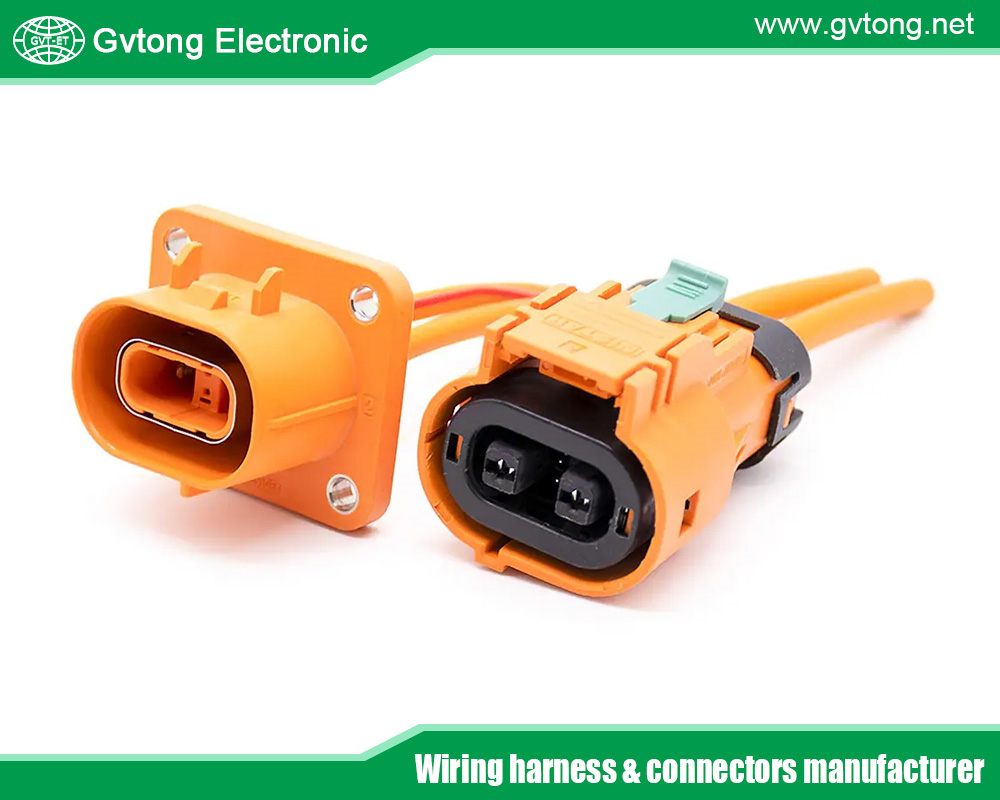
Top Tips for Using Pigtail Conductors to Power New Car Components
- Gvtong Electronic
- 10-cavity connector factory, 2-cavity connectors, 2-cavity connectors manufacturer, 2p 32p Automotive Connector Terminal Crimping, 3-cavity connectors, 4-wire pigtail connectors, Anti-vibration automotive connectors, Automated assembly connectors Cost-effective automotive connectors, Automated assembly connectors Cost-effective automotive connectorsMulti-variation connectors, automotive antenna connector, automotive camera connector, Automotive camera connector types, Automotive Camera Connectors, Automotive Camera LVDS Cable-Waterproof, Automotive Camera Module Connectors, automotive cavity connectors, automotive cavity connectors manufacturer, automotive cavity connectors supplier, Automotive Coaxial Camera Connectors, automotive connector, Automotive Connector and Cable Products, automotive connector companies, automotive connector companies in russia, automotive connector manufacturer, Automotive Connector Supplier, automotive connectors and terminals, automotive pigtail connector, Automotive Wiring, automotive wiring connectors malaysia, automotive wiring hamess, Automotive Wiring Harness Companies, Automotive Wiring Harness Market, Best Automotive Wiring Harness Companies, Failure-Inducing Wear in Automotive Wiring, odm automotive wiring connectors, oem automotive wiring connectors, Philippines Automotive Wiring Harness Market, Pigtail Conductors, Pigtail Conductors Manufacturer, Pigtail Conductors Supplier, pigtail connector, pigtail connector manufacturer, pigtail connectors system, Reduce Failure-Inducing Wear Automotive Wiring, Reduce Wear in Automotive Wiring, Top 10 Automotive Wiring Harness Companies, Top Automotive Wiring Harness Manufacturers and Suppliers
- No Comments
Top Tips for Using Pigtail Conductors to Power New Car Components
The automotive industry is racing toward electrification, with electric vehicles (EVs) and hybrids demanding innovative solutions to power increasingly complex components. Pigtail conductors—short, flexible, often braided conductive assemblies—are emerging as a versatile solution for delivering reliable power in tight spaces and harsh conditions. Unlike traditional wiring, pigtails offer superior flexibility, durability, and heat dissipation, making them ideal for connecting new components like battery packs, inverters, and advanced driver-assistance systems (ADAS).
As automakers and technicians strive to optimize vehicle performance and efficiency, using pigtail conductors effectively requires practical know-how. This article provides five actionable tips for selecting, designing, and implementing pigtail conductors in automotive electrical systems. From material selection to real-world testing, these tips aim to help engineers, technicians, and enthusiasts harness the full potential of pigtails to electrify new car components. Whether you’re designing an EV powertrain or upgrading a hybrid’s charging system, these strategies will ensure reliable, efficient, and future-ready solutions.
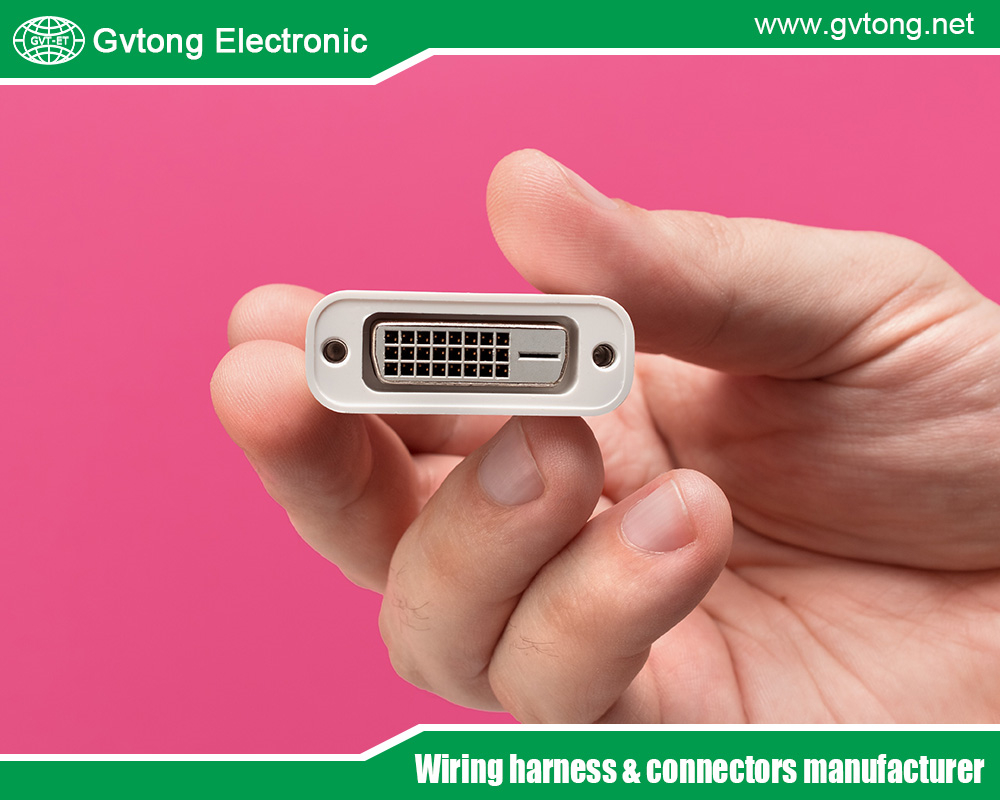
Understanding Pigtail Conductors
Pigtail conductors are short, flexible conductive assemblies, often braided or stranded, used to connect electrical components in automotive systems. Typically made from copper, aluminum, or alloys, pigtails are designed to handle high currents while offering flexibility and durability. Their name derives from their short, “tail-like” appearance, often used as a bridge between fixed components and wiring harnesses.
Compared to traditional solid or stranded wires, pigtails excel in applications requiring flexibility and vibration resistance. Their braided or stranded structure increases surface area, improving heat dissipation and reducing the risk of overheating in high-power systems like EV battery packs or inverters. Pigtails are also compact, making them ideal for space-constrained environments in modern vehicles.
In automotive contexts, pigtails are critical for powering new components, such as electric motors, charging ports, and sensors in ADAS. Their ability to withstand mechanical stress, temperature fluctuations, and electromagnetic interference (EMI) makes them a go-to solution for electrification. However, their effectiveness depends on proper material selection, design, and integration—key areas covered in the following tips.
Tip 1: Choose the Right Material for Your Application
Selecting the appropriate material for pigtail conductors is critical to ensuring performance, durability, and cost-effectiveness. The most common materials are copper, aluminum, and their alloys, each with distinct advantages and trade-offs.
- Copper: Known for its high conductivity and corrosion resistance, copper is ideal for high-current applications like battery connections or inverters. Tinned copper enhances durability in humid or corrosive environments, common in automotive settings.
- Aluminum: Lighter and less expensive than copper, aluminum is increasingly used in EVs to reduce vehicle weight. However, it has lower conductivity and requires larger cross-sections to carry equivalent currents.
- Alloys: Nickel-plated copper or copper-aluminum hybrids offer a balance of conductivity, weight, and cost, suitable for specialized applications like high-voltage charging systems.
When choosing a material, consider the component’s electrical demands, environmental exposure (e.g., heat, moisture, or chemicals), and weight constraints. For example, a battery pack in an EV may require copper pigtails for high conductivity, while a lightweight sensor system might benefit from aluminum. Always verify material compatibility with automotive standards, such as SAE or ISO, to ensure safety and reliability.
Tip 2: Optimize Pigtail Design for Flexibility and Space
Pigtail conductors shine in their ability to fit into tight spaces and accommodate dynamic components, but achieving this requires thoughtful design. Flexibility is key when connecting components like electric motors or battery cells, which may shift slightly during operation due to vibration or thermal expansion.
- Customize Braid Patterns: Braided pigtails offer superior flexibility compared to stranded or solid conductors. Adjust the weave density and strand thickness to balance flexibility with current-carrying capacity. Tighter braids enhance durability but may reduce flexibility, so tailor the design to the component’s movement range.
- Minimize Length and Cross-Section: Pigtails should be as short as possible to reduce resistance and material costs. Calculate the minimum cross-sectional area needed for the current load to optimize space and weight, especially in EVs where every kilogram impacts range.
- Route Strategically: Plan pigtail routing to avoid sharp bends or stress points. Use 3D modeling software to simulate the conductor’s path within the vehicle’s layout, ensuring it fits without interfering with other components.
By prioritizing flexibility and compactness, pigtails can simplify wiring harness designs and reduce assembly time, making them a practical choice for electrifying new components.
Tip 3: Prioritize Heat Management and Insulation
High-current applications in EVs and hybrids generate significant heat, which can degrade conductors and nearby components. Pigtail conductors, with their increased surface area, are well-suited for heat dissipation, but proper management and insulation are essential.
- Leverage Surface Area: The braided or stranded structure of pigtails naturally dissipates heat better than solid wires. Ensure the design maximizes exposed surface area without compromising insulation integrity.
- Choose Robust Insulation: Select insulation materials like silicone, Teflon, or cross-linked polyethylene (XLPE) that can withstand high temperatures and automotive chemicals (e.g., oil, coolant). Insulation must also remain flexible to preserve the pigtail’s advantages.
- Monitor Thermal Performance: Use thermal imaging or sensors during testing to identify hotspots. For high-power components like inverters, consider integrating cooling channels or heat sinks near pigtails to enhance performance.
Regularly test pigtails under maximum current loads to ensure they remain within safe temperature ranges. This prevents overheating, extends component lifespan, and ensures compliance with safety standards like UL or IEC.
Tip 4: Ensure Robust Connections and Integration
The effectiveness of pigtail conductors depends on secure, reliable connections to components and wiring harnesses. Poor connections can lead to voltage drops, overheating, or system failures.
- Use High-Quality Terminals: Choose crimp or solder terminals designed for automotive use, ensuring they match the pigtail’s material and current rating. For example, copper pigtails require compatible copper terminals to prevent galvanic corrosion.
- Minimize Failure Points: Avoid over-crimping or improper soldering, which can weaken connections. Use torque-controlled tools for bolted connections in high-voltage systems to ensure consistent pressure without damaging the conductor.
- Integrate with Existing Systems: Ensure pigtails are compatible with the vehicle’s wiring harness. Use standardized connectors (e.g., Deutsch or Molex) to simplify integration and maintenance. For retrofits, verify that pigtails align with legacy system specifications.
Regularly inspect connections during maintenance to detect wear, corrosion, or loosening, especially in high-vibration environments like EVs. Robust integration enhances system reliability and reduces downtime.
Tip 5: Test and Validate Performance Under Real Conditions
Testing pigtail conductors under realistic automotive conditions is crucial to ensuring their performance and longevity. EVs and hybrids operate in demanding environments, with constant vibrations, temperature swings, and high currents.
- Simulate Vibration and Stress: Use shaker tables or environmental chambers to replicate road vibrations and mechanical stress. Test pigtails for fatigue resistance, ensuring they maintain conductivity after prolonged exposure.
- Evaluate Electrical Performance: Measure voltage drop, resistance, and current-carrying capacity under maximum load conditions. Use oscilloscopes or multimeters to detect any signal interference in EMI-sensitive applications like ADAS.
- Comply with Standards: Ensure pigtails meet automotive standards such as ISO 6722 for wiring or SAE J1742 for EV components. Certification ensures safety and compatibility across markets.
Real-world testing, such as in-vehicle trials or prototype builds, can reveal practical challenges that simulations might miss. Document results to refine designs and share insights with teams or suppliers.
Case Studies and Practical Examples
Pigtail conductors are already making an impact in the automotive industry. Tesla, for instance, uses braided pigtails in its battery packs to connect cells, leveraging their flexibility to accommodate thermal expansion and vibration. This has helped optimize battery pack efficiency and reduce weight. Similarly, Rivian incorporates pigtails in its charging systems, where their compact design simplifies integration into fast-charging ports.
In the aftermarket, DIY enthusiasts use pigtail conductors to upgrade hybrid vehicle wiring, such as retrofitting high-power audio systems or auxiliary battery packs. These projects highlight the importance of selecting insulated pigtails to prevent short circuits and testing connections for reliability. Suppliers like TE Connectivity offer pre-assembled pigtail solutions for OEMs, reducing assembly time and ensuring consistency.
These examples underscore the versatility of pigtails and the value of applying the tips above to achieve optimal results in real-world applications.
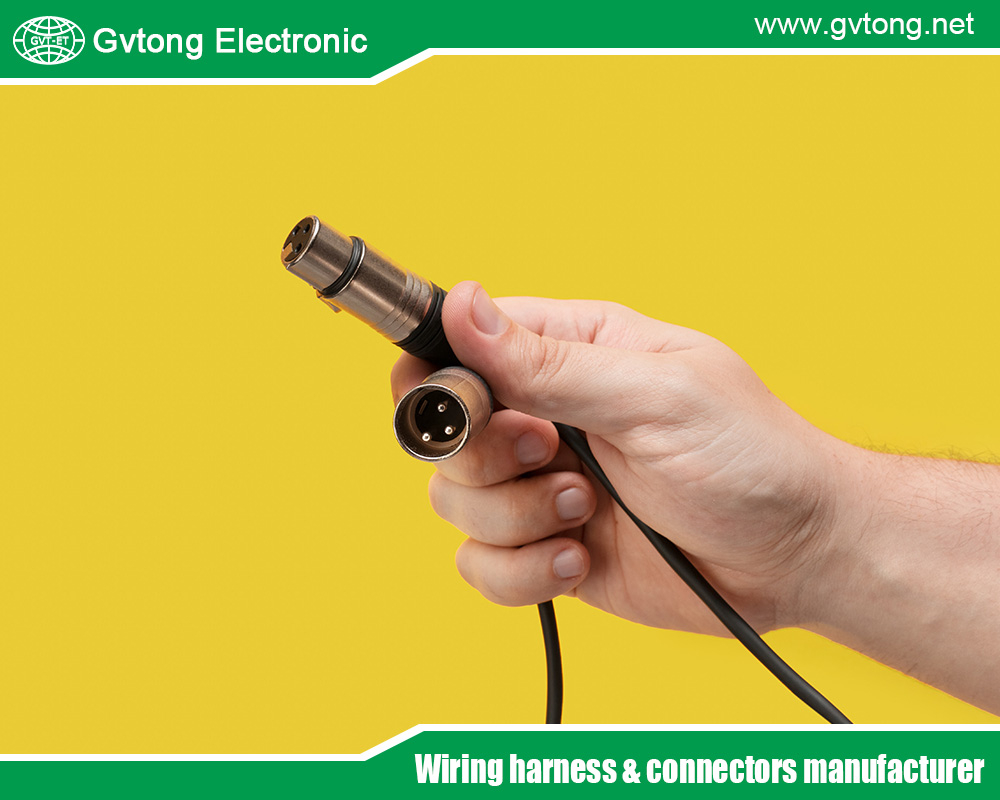
Conclusion
Pigtail conductors are a powerful tool for electrifying new car components, offering flexibility, durability, and efficiency in the fast-evolving world of automotive electrification. By choosing the right materials, optimizing designs, managing heat, ensuring robust connections, and rigorously testing performance, engineers and technicians can unlock their full potential. These five tips provide a roadmap for integrating pigtails into EVs, hybrids, and beyond, ensuring reliable power delivery and enhanced vehicle performance. As the industry continues to innovate, adopting pigtail conductors strategically will drive the future of automotive electrification, paving the way for smarter, greener, and more efficient vehicles.
For more about the top tips for using pigtail conductors to power new car components, you can pay a visit to Gvtong at https://www.gvtong.net/ for more info.
Recent Posts
Revealing the Core Advantages of Automotive Hybrid Connectors
What is the 12 Volt Automotive Wire Connector
Recommend the Best ADAS Automotive Connector Manufacturers in China
What is an Electrical Distribution System and How to Choose It
The Top Automotive Electrical Connectors Manufacturers You Want to Know
How to Choose the Best Automotive Connector Suppliers in Vietnam
The Best High Current Connectors Automotive Manufacturer in China
Tags
Recommended Products
-
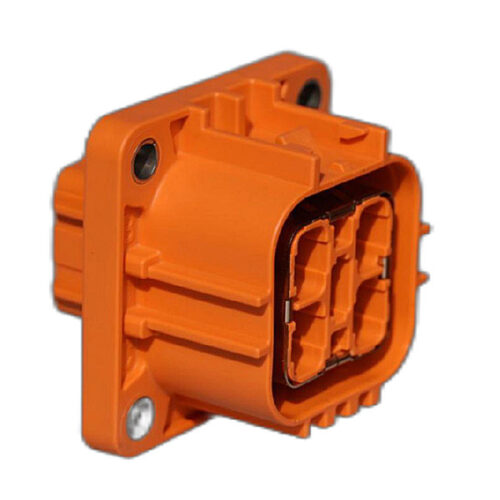
GH630 Series-4-core plastic high voltage connector
-
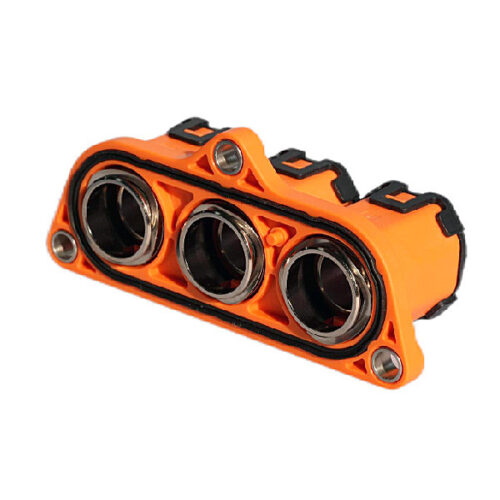
GVPT 3-core wiring connector
-

Signal connector – waterproof, three rows, 23 cores
-
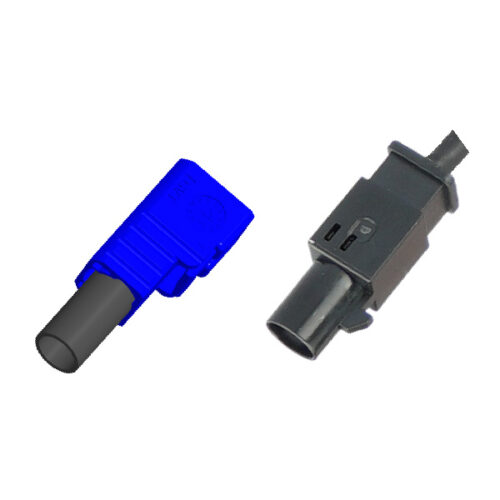
Automotive FAKRA Single Head Connector, Automotive Standard FAKRA Connectors
-
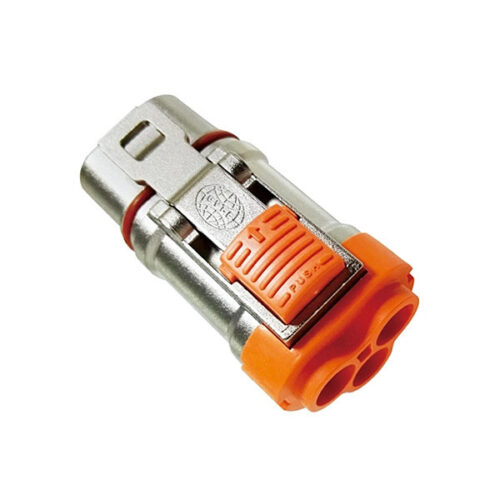
Metal connector-3.6mm-3 core
-
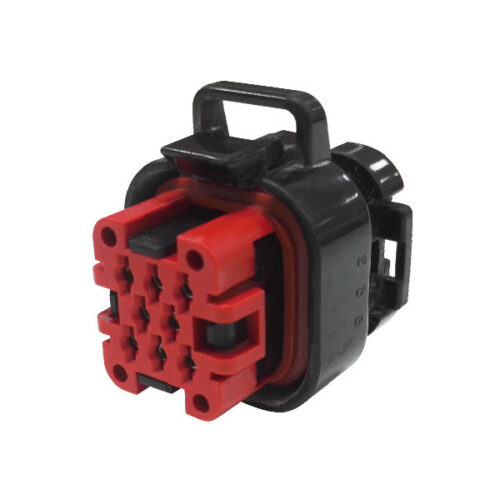
GE Series-8-core three-row signal connector
-
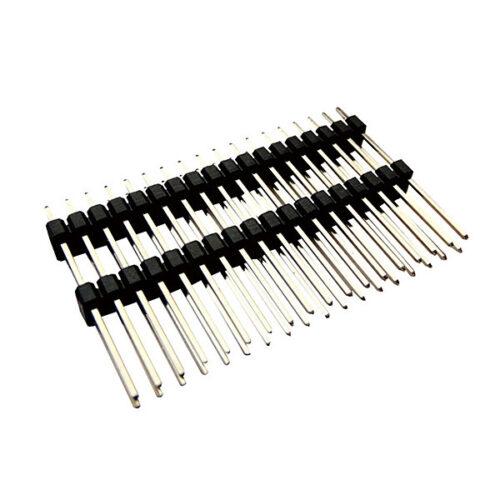
Pin header and female header
-

Photovoltaic connector – Wire end socket
